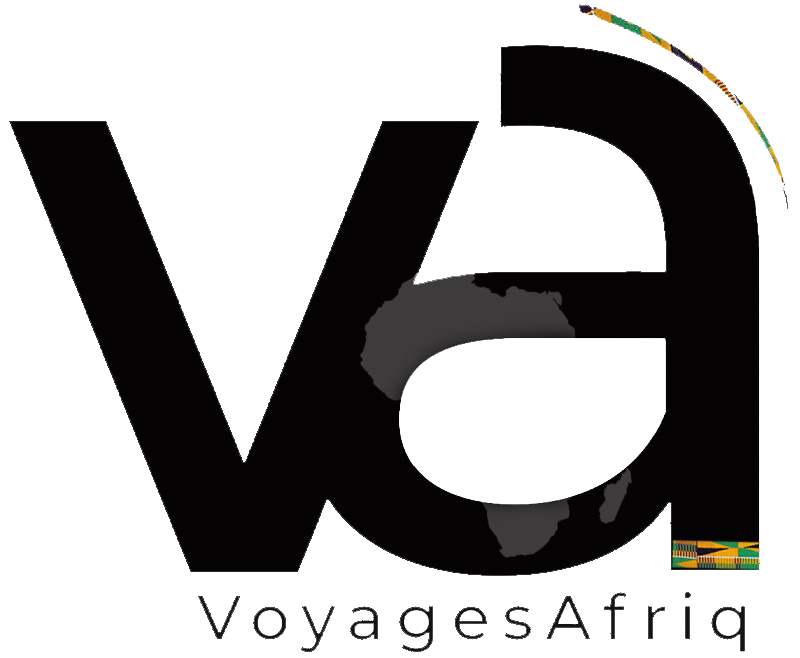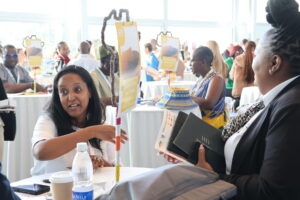In December 2006, the United Nations officially adopted the Convention On The Rights Of Persons With Disabilities (CRPD).
The convention calls for member nations to ensure that persons with disabilities have equal access to the physical environment, information, transportation and other facilities and services open or provided to the public. It also calls for the elimination of obstacles and barriers to accessibility, including all transportation and facilities.
For decades, persons with visible disabilities have long been welcomed by most travel and tourism brands. There are travel and tour companies dedicated to travellers with disabilities that have been successfully running for years with happy clients.
For the most part however, what the world recognised as disabled persons are those with visible disabilities. Disabilities that are immediately seen such as persons in wheelchairs or seeing impaired.

This blog will talk about persons whose disabilities are not immediately apparent. They are typically chronic illnesses and conditions that significantly impair normal daily activities.
People with invisible disabilities have long fought to be understood, mostly due to the fact that when a disability is not immediately apparent, there can be a tendency to doubt that it exists. Biases are also sometimes formed that those who suffer from invisible disabilities are simply angling for special treatment.
In 2014, the Invisible Disabilities Association (IDA) founded the Invisible Disabilities Week in order to raise awareness about hidden conditions that up to 96% of the disabled population suffer from.
According to the Open Doors Association’s 2020 Market Study, more than two-thirds of adults with disabilities took at least one trip from 2018-2019, spending $58.7 billion.
Here are some inclusion methods that travel brands can employ so that travellers with hidden disabilities can equally enjoy and navigate their journeys in comfort.
Consult and collaborate with organisations that can provide training
If your company has long established facilities and practices for people with apparent disabilities, it does not necessarily mean that you are also equipped to accommodate those with hidden disabilities.
Singapore’s Changi Airport partnered with the Rainbow Centre in order to prepare the airport to welcome travellers with hidden disabilities.
The Rainbow Centre is a training and consultancy group in Singapore that works with persons with disabilities to make the most of their abilities and participate meaningfully in society. Part of their initiative is providing consultancy, workshops and training to institutions and establishments aiming to extend better service to customers with hidden disabilities.
In 2022, British Airways officially partnered with Hidden Disabilities Sunflower as part of its initiative for customers and passengers with hidden disabilities.
British Airways provided training to its staff to understand better what invisible disability is and how to become more confident to approach and support customers.
The Australian Airports Association (AAA) partnered with Autism Spectrum Australia (Aspect) to launch a Hidden Disability Awareness Training Course for its staff.

Aspect’s Autism Friendly team, consisting of both autistic and non-autistic staff, co-developed the Hidden Disability training module as part of a comprehensive set of Hidden Disability guidelines available for all Australian Airports.
Discreet awareness (the Sunflower lanyard)
It is harder for travel staff and employees to identify people who suffer from hidden disabilities.
The sunflower lanyard is used worldwide by airports and other establishments to discreetly let staff know that customers have a condition such as autism, dementia or a visual impairment, without the customer having to locate the staff member.
The Australian Airports Association (AAA) partnered with Autism Spectrum Australia (Aspect) to launch a Hidden Disability Awareness Training Course for its staff.
Aspect’s Autism Friendly team, consisting of both autistic and non-autistic staff, co-developed the Hidden Disability training module as part of a comprehensive set of Hidden Disability guidelines available for all Australian Airports.
Discreet awareness (the Sunflower lanyard)
It is harder for travel staff and employees to identify people who suffer from hidden disabilities.
The sunflower lanyard is used worldwide by airports and other establishments to discreetly let staff know that customers have a condition such as autism, dementia or a visual impairment, without the customer having to locate the staff member.
The full list of airlines and airports that have launched the hidden sunflower lanyard initiative can be found here.
The importance of pre-arrival preparation and visual guides
Customer service for people with hidden disabilities begins even before they reach your establishment or their destination.
People with visible disabilities normally deal with physical barriers or challenges such as accessibility and transportation. Most persons with hidden conditions are faced with mental, social or emotional struggles, so their stress and anxieties begin well before they travel.
If you think about it, navigating airports and travelling in general can already be stressful to non-handicapped persons, so the anxiety of those with hidden disabilities is completely understandable.
To provide assurance and help them with preparations before their travels, some brands have developed visual guides that are given to customers or their guardians, ahead of time.
In April 2023, British Airways partnered with Learning Rose, an organisation that develops support material for people with autism to produce a visual guide to flying.
Together with the Rainbow Society, Changi Airport developed a Powerpoint slide / presentation for travellers with hidden disabilities to familiarise themselves with what to expect inside a busy airport.
Register and reach out to communities
Whether your brand is already equipped to welcome persons with hidden disabilities or you’re still taking steps towards it, it’s important to reach out and get to hidden disabilities communities within your area.
Except for the Hidden Disabilities Sunflower organisation, there are no huge international groups yet that gather persons with hidden disabilities.
However, there are small pockets of hidden disabilities organisations within local areas in every city or country. Persons with hidden disabilities have different needs depending where they live so it’s worth reaching out to local groups to get to know your clients better.
Different hidden disabilities also have their own individual groups.
For instance, IDEA Services in New Zealand provide support for people with intellectual disabilities so they can also enjoy life as part of their communities.
As part of IDEA Services’ programme to build independence for their group members, they regularly embark on local group trips. Travel companies can reach out to organisations similar to IDEA either for consultations, or maybe even take part in a project where members can experience your product and provide feedback.
Travel companies in the UK can reach out to Tourism for All, a national charity that strives to improve accessibility in tourism. They have a specialised page where travellers with hidden disabilities can easily search for tour companies, hotels and lodging that support this type of disability.
Companies can register or reach out to Tourism for All so they can be included in the search database.
For further information, this report by the International Board of Credentialing and Continuing Education Standards (IBCCES) talks more about why the travel and hospitality industry should cater to guests with hidden disabilities.
Article by Jean Carmela
Jean Carmela
Jean Carmela Lim is the voice behind luxury and adventure travel blog, Holy Smithereens. Since a childhood trip to Hong Kong and her first typewriter, Jean has spent a lifetime pursuing her passion of travel writing. With a background in the airline industry and government travel, Jean now creates travel content full-time on blogs and social media, exploring life’s unforgettable moments through luxurious travels both near and far.








